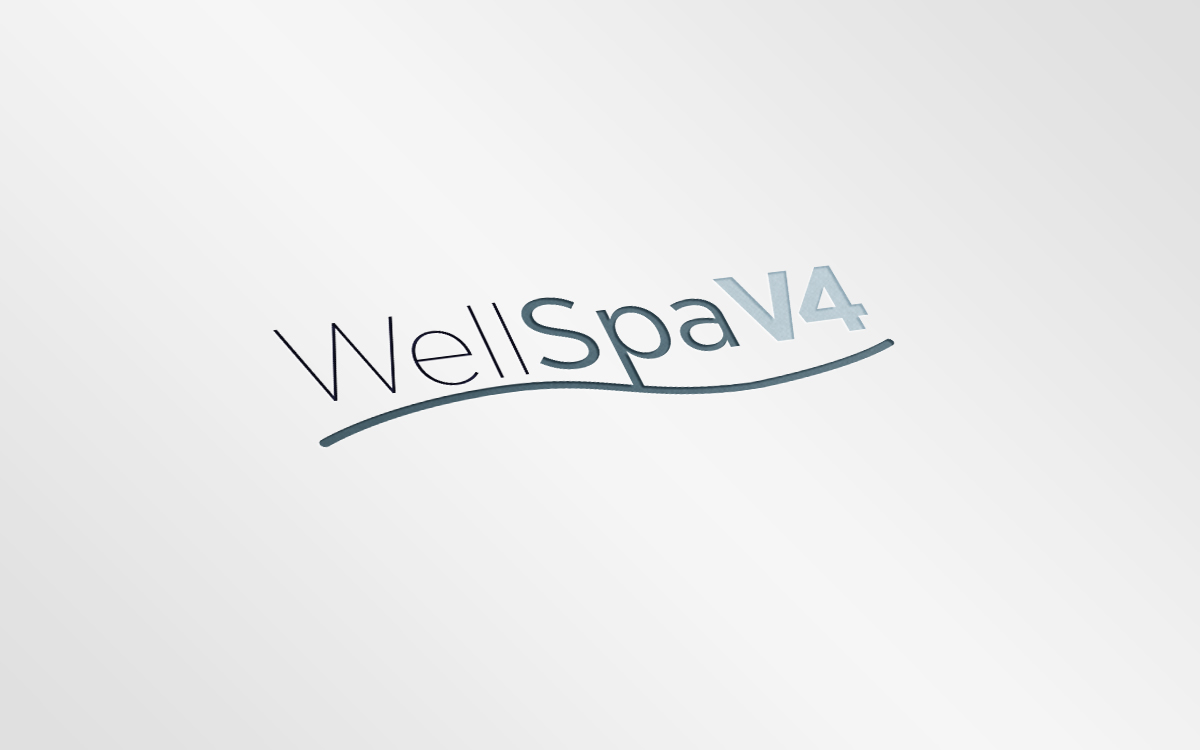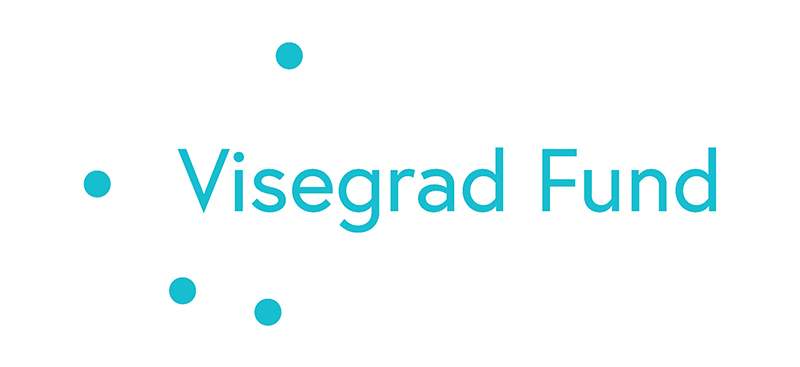WellSpaV4

PROJECT REPORTS
Opportunities and Challenges for V4 Spas: Hungary
Opportunities and Challenges for V4 Spas: Slovakia
Opportunities and Challenges for V4 Spas: Slovakia - in Slovakian
Opportunities and Challenges for V4 Spas: The Czech Republic
Opportunities and Challenges for V4 Spas: The Czech Republic - in Czech
Opportunities and Challenges for V4 Spas: Poland
PRESENTATIONS
WELCOME
Dr Melanie Kay Smith: Opportunities and Challenges for V4 Spas: HUNGARY
Dr Ján Derco: Opportunities and Challenges for V4 Spas: Slovakia
Vincent Laurent: Thermal Hungary
Mike Wallance: Thermal Health Spas in post Covid Europe
Csilla Mezősi: European Medical Spas and Climate Health Resorts
László Puczkó: Thermal Health, Span
Dr Krasimira Staneva: Wellness destinations in Bularia
Iztok Altbauer: Slovenian Thermal Spas and Health Resorts
Wojciech Fułek: Polish Spa Resorts
Ioona Marian: Visegrad 4 and the Wider Region
Szilvia Czinege: Budapest Spas


